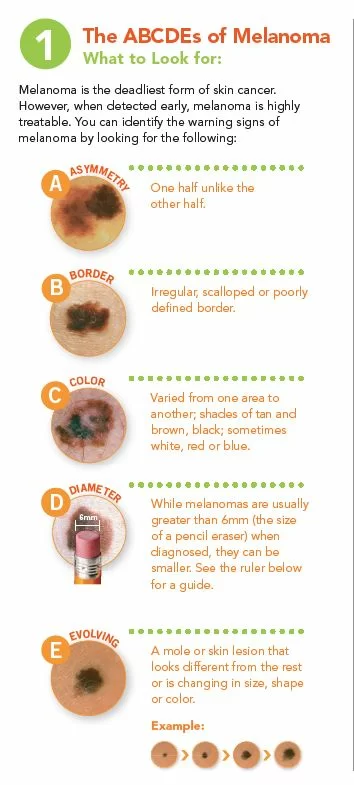Cancer in general results from accumulated genetic alterations that lead to uncontrolled cell growth. Nearly 300 gene mutations have been identified in melanoma, and ultraviolet (UV) radiation has been convincingly implicated in their accrual. To this day, however, there is extensive scientific debate about the biological spectrum between benign moles and truly malignant melanoma, and how these so-called “atypical” or “dysplastic” moles should be treated.
It is suggested that only about 20-30% of melanomas arise from within pre-existing moles. This means that the vast majority of melanomas—70-80%—arise as new, abnormal spots on normal skin, and it also underscores why removing atypical moles would not be enough to prevent cancer.

Thus, while some atypical moles can change into melanoma, most are benign, and likely to remain that way, and only the moles with a certain degree of atypia require additional surgical removal. Treatment is ultimately tailored to the individual patient, but in general, atypical moles are helpful for identifying patients who might require regular skin screening for early diagnosis of true melanoma.
Check your skin for changing or unusual moles and remember the ABCDE’s of melanoma. Make an appointment with a board-certified dermatologist to have a baseline exam and to examine any unusual spots.

